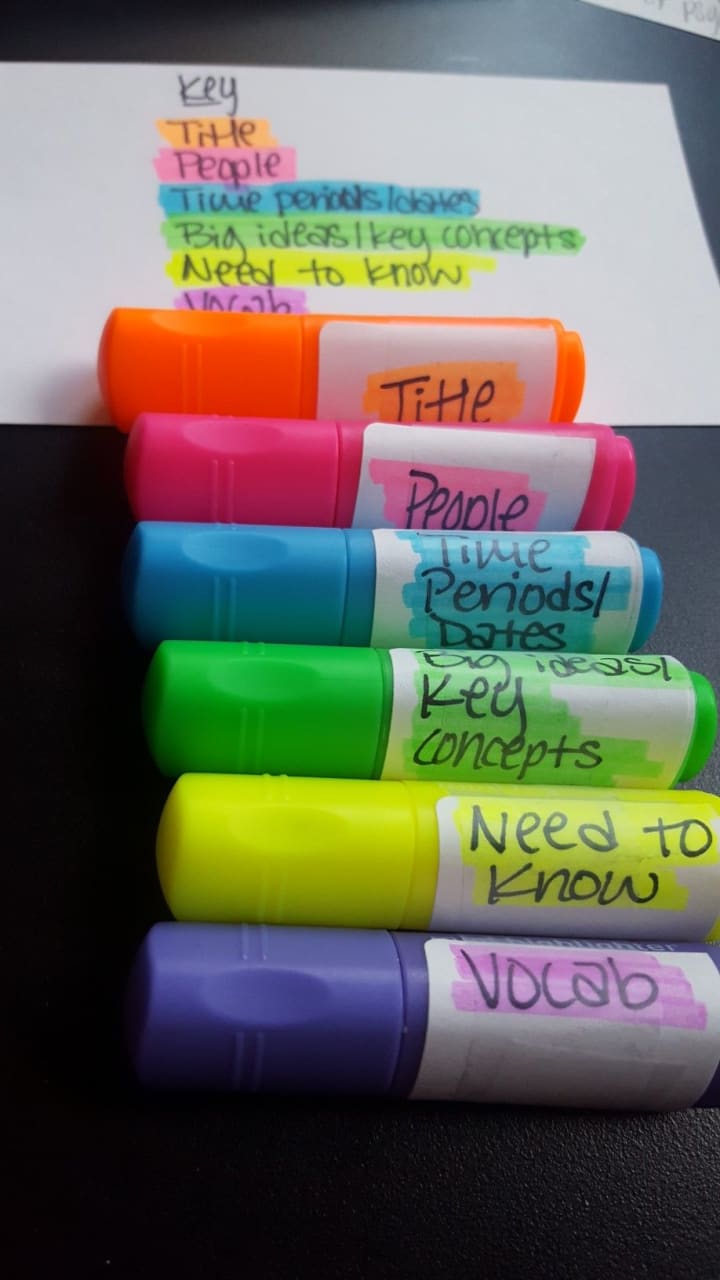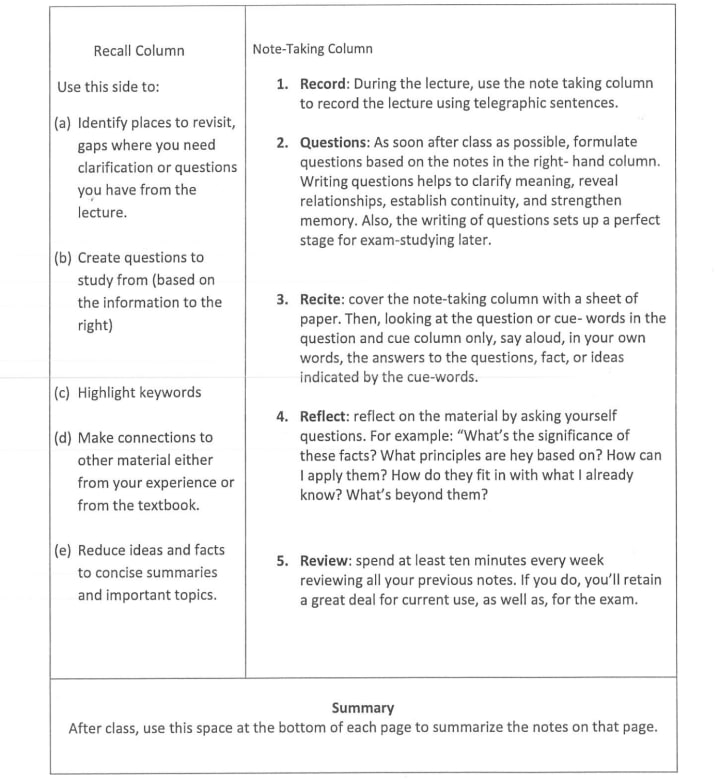Struggling to Find a Study Technique That Actually Works?
Use these 4 tips to shake up your study habits for midterms.

We've all spent endless hours trying to figure out how to study the material we were given. Part of being a student is being responsible for learning the material in a way that resonates with you so that you can succeed in the course. Jumping into classes without any idea of how you study best can be intimidating and it often takes time to figure out the best techniques. During my time as a student, I have found that these four study habits work really well for me, and I hope at least one of them helps you get the grade you want in your classes for midterms this year!
1: Make and update your quizlet directly after every lecture.
After each of my lectures, I take the notes that I took during class and I immediately put them into a quizlet for the class section. I have the quizlets for each class divided, with one for everything on my midterm and another one for my final. Transferring your notes in smaller chunks will allow you to spend more time closer to your test to study instead of inputting your notes. Also taking the 10 minutes to look back over your notes right after class helps them to become more embedded into your brain, which will help make studying for the test a little bit easier!
2: Change your note taking style.
Being able to read AND understand your notes is a major part of studying that people often overlook. If you can't look at your notes and know what is important you cannot study. Period. So making sure you have a note taking style that works for you is an important way to change up your studying habits.
Flow Notes

Flow Notes is one of the most flexible note-taking processes I've encountered. It works really well for some people, but not for everyone. The basic concept is allowing yourself to be "all over the place" with your notes while still being "organized" at the same time. The levels of "all over the place" and "organized" are up to you. One example of flow notes are below, but the technique uses various underlining, boxes, highlighting and numbering to make a sensible flow to your notes.
Highlight

If taking intense notes isn't really your thing, create a highlighting system. Dedicate one color for different types of notes so that your page isn't just a bunch of words highlighted in the same color. When I take notes for my history classes, I decided to dedicate yellow for general important ideas, orange for important people, and pink for important Laws, Acts, and Amendments. Now when I am going back through my notes to find names of people I need to write my paper on, I just look for orange, instead of searching every highlighted note I see. Organizing your notes like this allows for easier studying down the road.
Cornell Notes

Cornell style note taking is very common but requires a bit more out of class time to process the notes you took in class. Taking notes like this sets you up for easy studying; covering the "Notes" column and using the questions from the "Recall" column to test what you know. The "Summary" section at the bottom of the page allows for a quick review, as well as a way to try and track down a definition or a name you may be looking for.
3: Change the way you use your study guides.
One of my teachers in high school taught me how to properly use a study guide and it has helped me study better. Go through your study guide three times. The first time you go through it, answer all of the questions you can WITHOUT looking anything up or looking at your notes. This will help you to gauge how much you know and how much you need to study. You should do this the day that you receive the study guide so you know how to study from there. After you have done some more studying, go through the study guide again and try to answer the questions you didn't know without looking anything up or looking at your notes. If you still don't know how to answer some of the questions, study again and fill it out when you do know the answers. The third time through is a review that should be used the night before the test. Go back over the questions but cover up the answers and study the questions that you are still having trouble with. Going through this process forces you to take more time to study over a longer period of time, which is proven to help you learn and retain the knowledge.
4: Break up your study time.
Taking a shorter amount of time to study each day helps you to a) retain information and b) you don't stress out as much. One of my professors taught us on the first day of class that it is actually so much worse to study for a test within 12 hours of taking it because your mind always wants to study the stuff you don't know. Filling your mind with the confusing material makes you doubt everything that you do know. Taking 10-15 minutes to study a week before your test will give you more success than cramming everything in the night before. Don't allow yourself to study for your test at least an hour before you take it. Coming into the test with a fresh, clear mind will help you do a lot better than if you studied right before it.
About the Creator
Emily Martin
I'm a journalist and a creative writer. I've been writing my whole life and finally found an outlet through journalism :)







Comments
There are no comments for this story
Be the first to respond and start the conversation.